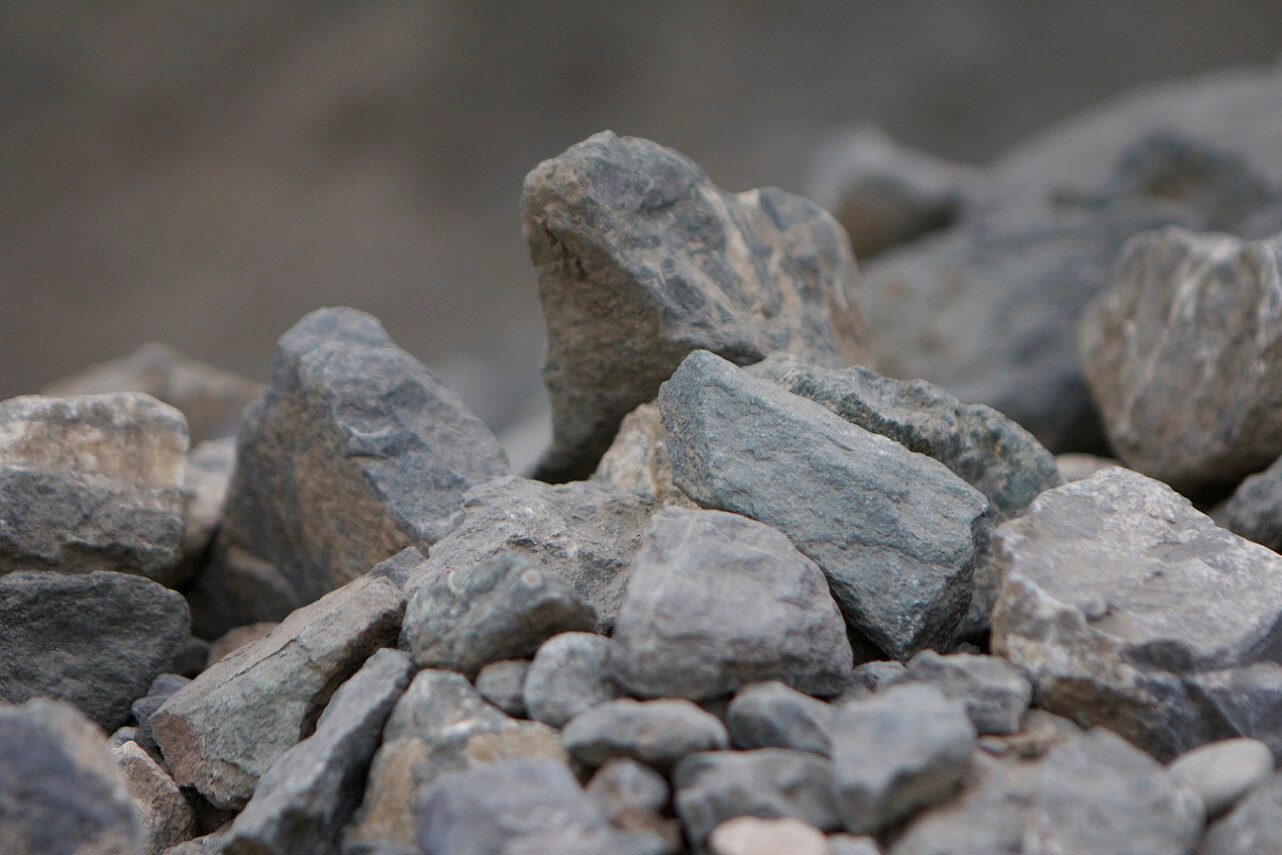Introduction
As the construction industry continues to trend toward sustainable construction practices, the choice between recycled aggregate and virgin aggregate has become a key consideration for new projects. Although recycled aggregate and virgin aggregate can be used interchangeably in certain applications, it is important to know the differences between the two classifications of material to make an informed decision about which is best to use and when.
1. Source
Virgin aggregate comprises the naturally occurring sand, gravel and rock that are mined or otherwise extracted from the earth and has not previously been used in construction projects or any other applications. It is a finite natural resource.

Recycled aggregate is aggregate material that has been recovered from construction and demolition debris — such as concrete and asphalt derived from the deconstruction of buildings and rehabilitation of roadways — and reprocessed for use in new construction projects. Other sources of recycled aggregate include excavated soils and hydrovac waste.

2. Environmental impact
One of the main drivers for the push toward the use of recycled aggregate globally (when available and applicable) is environmental impact.
As aforementioned, virgin aggregate is a finite resource. Using recycled aggregate reduces the demand on natural resources by returning previously used construction materials back to industry.
Recycled aggregate has other environmental benefits too. Recycling aggregate from C&D debris streams diverts this waste from landfills, reducing the environmental impact associated with landfill disposal.
The production of recycled aggregate also generates fewer greenhouse gas emissions compared to the extraction and processing of virgin aggregate, reducing carbon footprint. Carbon footprint from haulage trucks may also be reduced if the recycling yard is closer to construction activities than the virgin aggregate producer or landfill.
Finally, recycled aggregate helps to support a circular economy by recovering aggregate material destined for the landfill and processing it for reuse in the construction industry. These previously used construction materials are given new life as recycled aggregate to be reused once again, minimizing the amount of material sent to waste.
3. Cost
The cost of virgin aggregate and recycled aggregate can vary depending on several factors, including location, demand and transportation.
Recycled aggregate may be cheaper in some cases, especially if it is sourced locally and transportation costs are reduced. It also provides a cost-effective way to utilize materials that would otherwise be considered waste. However, in areas where natural sand is in abundance, virgin aggregate may be the more lucrative option.
When considering cost, keep in mind that recycled aggregate can have higher volumetric yield per ton compared to virgin aggregate. Recycled aggregate can be up to 15% lighter than virgin aggregate, providing 15% more volume per ton.
4. Performance
Virgin aggregate is often more consistent in terms of quality and performance, whereas the performance of recycled aggregate can vary based on the source and processing methods. However, for many applications, recycled aggregate is structurally equivalent to virgin aggregate, particularly when used as road base or subbase.
For applications where precise specifications are critical, virgin aggregate may be preferred. Certain load-bearing applications also require the use of virgin aggregate over recycled aggregate.
Recycled aggregate can provide better drainage due to its higher coefficient of permeability, and the angularity of the material makes it more compactable.
Some examples of applications in which recycled and washed coarse aggregate are used include:
- Base for foundations and roadways
- Drainage and septic systems
- Landscaping
- Backfill for retaining walls
- Pipe bedding
Some examples of applications in which recycled and washed fine aggregate are used include:
- Utility trench backfill for pipework
- Interlocking blocks
- Base for walkways, patios and pavers
- Animal footing
- Non-load bearing and some load-bearing ready-mix concrete
- Masonry sand
- Asphalt / bituminous concrete (blacktop)
5. Regulatory compliance
Virgin aggregate is typically produced following established industry standards, making it easier to comply with regulatory requirements.
If planning to use recycled aggregate, check local regulations and standards to ensure that the use of recycled aggregate complies with specifications and quality requirements. Some specifications allow a certain percentage of recycled aggregate to be present in the final mix.
6. Production process
The production of virgin aggregate involves extracting the sand, gravel or rock from quarries, mines, rivers, lakes and other bodies of water. The raw material then undergoes a variety of dry and wet processes depending on the type of material being processed and the required end product. These processes can include crushing, screening, washing and classifying, scrubbing and dewatering.

The production of recycled aggregate involves collecting materials from demolished buildings or construction sites and sorting the aggregate from the non-aggregate material, such as metals, wood and drywall. From there, the aggregate material undergoes similar processes as virgin aggregate, including crushing, screening, washing and classifying, scrubbing and dewatering.
However, because of the inconsistencies in most C&D feeds, processing plants handling these materials must be thoughtfully designed. It is helpful to keep changes in the direction of material flow to a minimum, include multiple stages of metal removal and ensure sufficient room around equipment for housekeeping and ease of skip container removal.

7. Quality and consistency
Virgin aggregate tends to have consistent quality and characteristics because it comes from natural deposits. The grading and properties can be more predictable.
The quality of recycled aggregate can vary depending on the source and processing methods. Careful quality control is necessary to ensure that the recycled material meets required specifications.
Understanding the differences between recycled aggregate and virgin aggregate will allow you to make informed decisions about which material to use based on project requirements, environmental goals and cost. If possible, consider using a combination of both recycled aggregate where feasible and supplementing it with virgin aggregate as needed.





